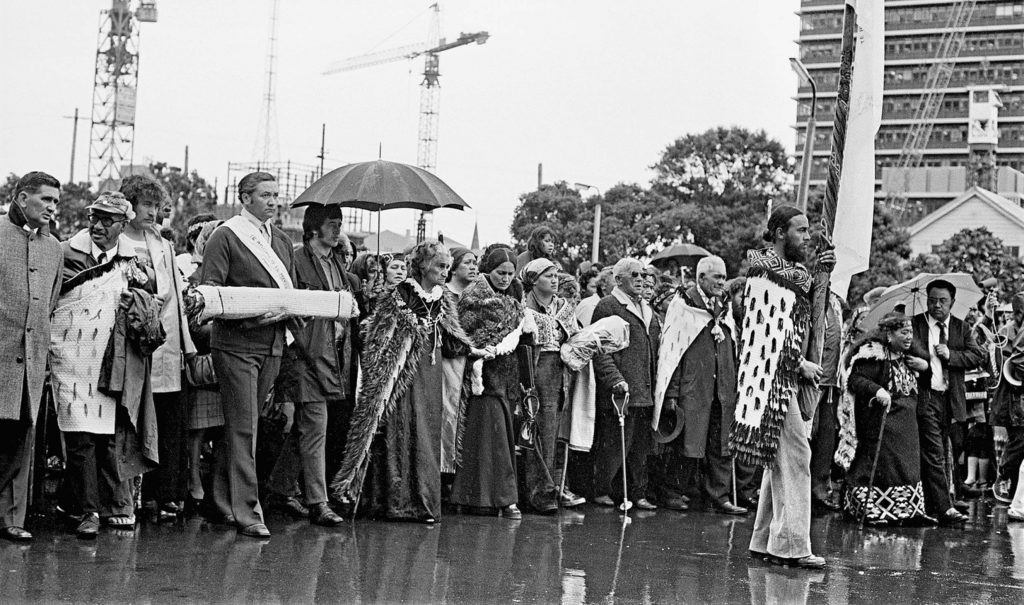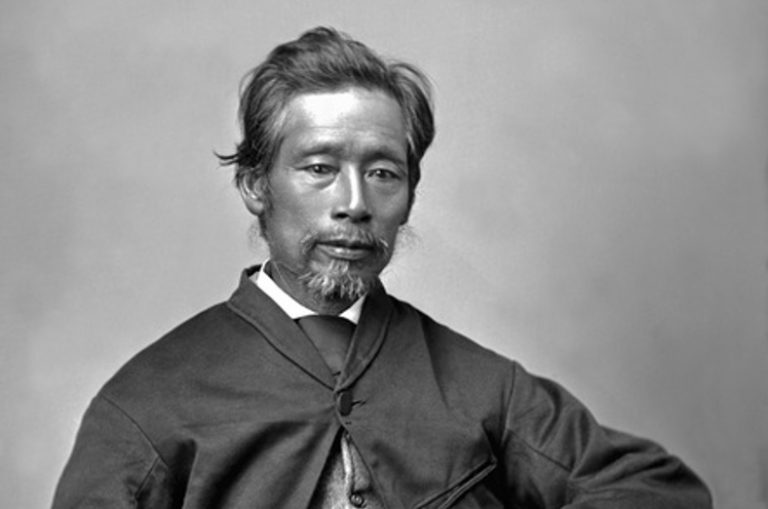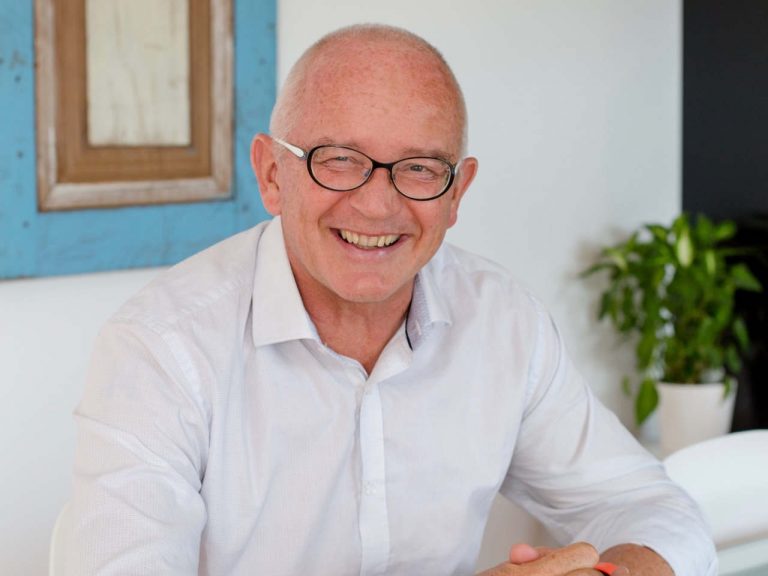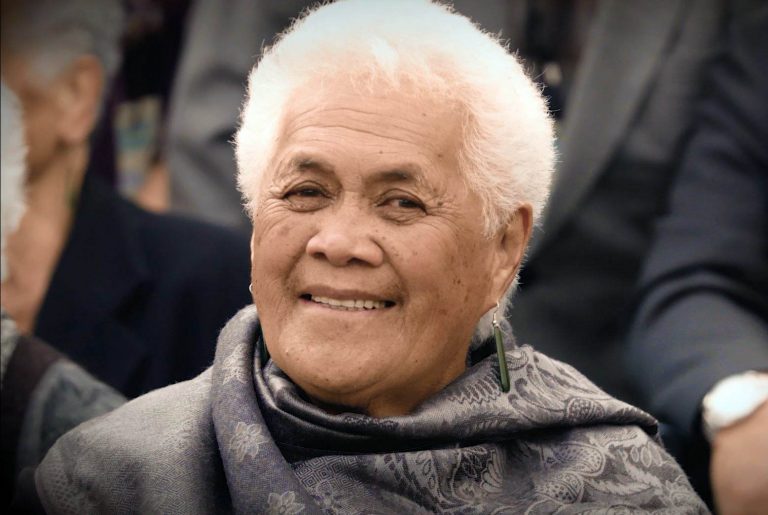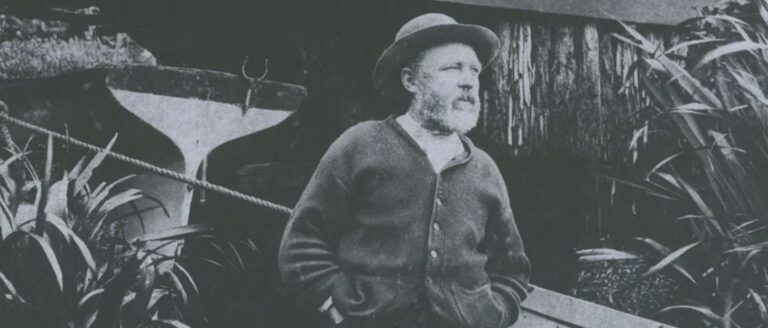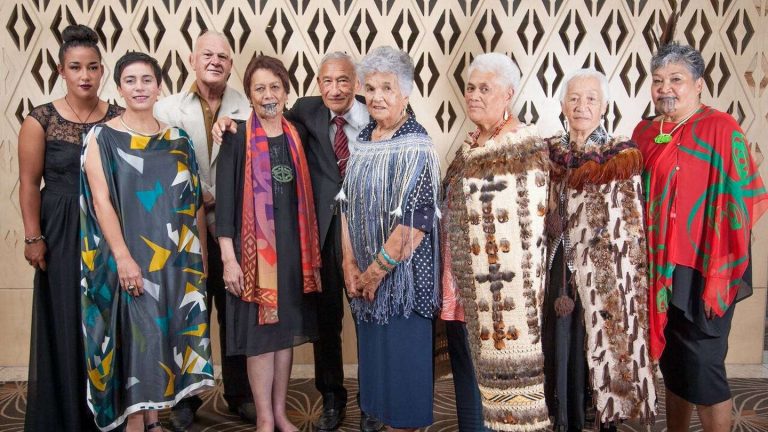A call to conscience
Dame Whina Cooper
- 9 Dec 1895 – 26 Mar 1994
Indelible images of a bent elderly grandmother trudging determinately down the road, hand in hand with her granddaughter captured the nation’s attention. New Zealanders watched an articulate 80 year old marching 900 km to Parliament in October 1975. Whina presented the petition to the Prime Minister (signed by over 60,000 people) highlighting the issues of land confiscation and position of Maori in society. The pressing aim of the hīkoi (march) was to protest against the continuing loss of Māori land and the relationship between the Crown and the Treaty of Waitangi.
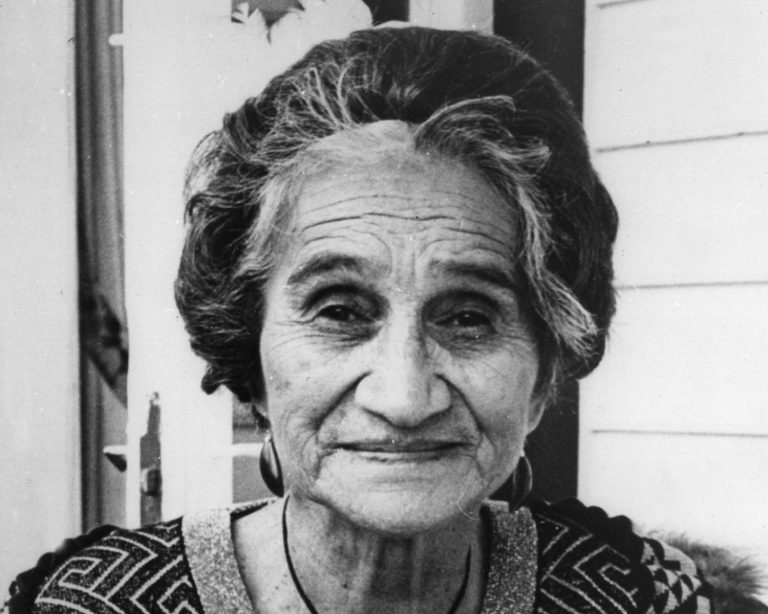
Highlights
- Beginnings .. Bob Holland, farmer , wanted to drain the estuary he rented. Whina led a group of protesters to fill in the new drains. Access to the gathering seafood was successful with the Marine department withdrawing the lease.
- In 1932 with Apirana Ngata worked to establish Maori development schemes in the north.
- After the death of her husband William Cooper, Whina moved to Auckland In September 1951 where she was elected first president of the new Māori Women’s Welfare League. Whina tirelessly promoted Maori women’s health and wellbeing.
- In 1953 was appointed an MBE for her services to her community especially in the area of housing and employment.
- She was made a DBE (Dame Commander of the Most Excellent Order of the British Empire) in 1981 and a member of the Order of New Zealand in 1991. She died in Hokianga on 26 March 1994, at age 98. Thousands attended her tangihanga, and more than a million people watched it live on TV.
Dame Whina Cooper was born Hōhepine Te Wake daughter of Heremia Te Wake and Kare Pauro Kawatihi, of the Te Rarawa iwi, at Te Karaka, Hokianga. She trained as a teacher and started her road to determination as a pan-tribal Maori leader with a refusal to enter an arranged marriage. In her later years she retired to the Hokianga.
